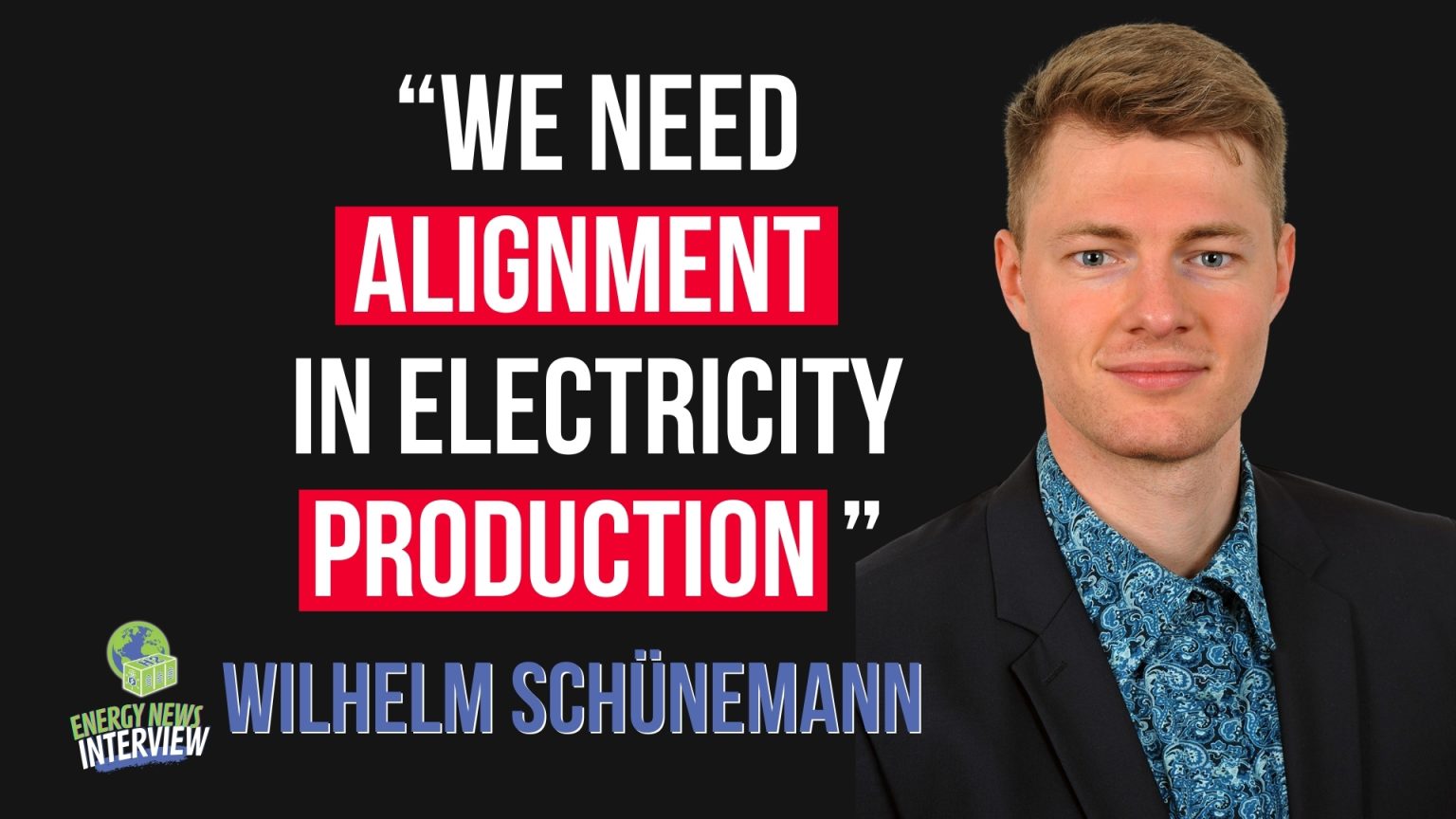In our interview with Enapter’s Wilhelm Schünemann, it became clear that installed water-electrolyser capacity jumped from 1.4 GW at the end of 2023 toward a projected 5 GW by late 2024—yet Eastern Europe’s fragmented regulations and erratic funding threaten to stall that growth. Projects repeatedly pause mid-engineering when grant windows close alongside election cycles, and investors hesitate without clarity on permitted electricity sources and end-use applications a decade out.
WATCH THE FULL INTERVIEW
Funding bursts tied to shifting political winds force developers into fresh compliance rounds—often country by country, region by region—adding months to certification pipelines. That uncertainty clashes with the 24–36 month lead times required to order, build, and commission megawatt-scale electrolyser plants. As Wilhelm points out, a binding roadmap through 2045—harmonizing grid-mix targets for wind, solar, and hydro alongside designated industrial or transport uses—would convert announced projects into delivered capacity.
Against this backdrop, anion-exchange membrane (AM) electrolysers offer a compelling counterpoint to standard PEM and alkaline systems. According to Wilhelm, while AM units carry a higher upfront capex premium, they sidestep iridium supply constraints and deliver three-to-four-times lower stack replacement costs over a ten-year horizon. Modular by design, AM stacks let operators isolate a single 100 kW module for maintenance—critical in grids that swing up to 40 percent intra-day—and keep the remainder of a megawatt-scale system online without disruption.
China’s dominance looms large: as of 2023, it accounted for roughly 60 percent of global electrolyser manufacturing capacity and hosts over two-thirds of the 1.75 GW installed base. Europe’s capacity has tripled since 2021, but only to about 5 percent of the global total. Despite a fourfold jump in European FIDs last year, Wilhelm warns that the execution pipeline remains sluggish without policy continuity.
Enapter’s push to automate CNC cutting and robotic stack assembly strengthens its supply-chain resilience. Standardized interfaces and a local-partner network in more than 50 countries ensure spare parts ship in days, not weeks, turning potential downtime into a brief, localized pause rather than a plant-wide stoppage. With public funding for hydrogen surpassing USD 100 billion from late 2023 to late 2024—two-thirds of which still await legislative finalization—a mechanism to align disbursement tranches with certification milestones could accelerate that 5 GW surge.
Wilhelm’s overarching message: only by codifying a 20-year hydrogen roadmap—locking in clean-power sourcing, mutual recognition of certifications across EU-EFTA and Eastern Partnership states, and tying incentives to regulatory benchmarks—can Eastern Europe convert ambition into action and secure its share of a rapidly expanding global market.
